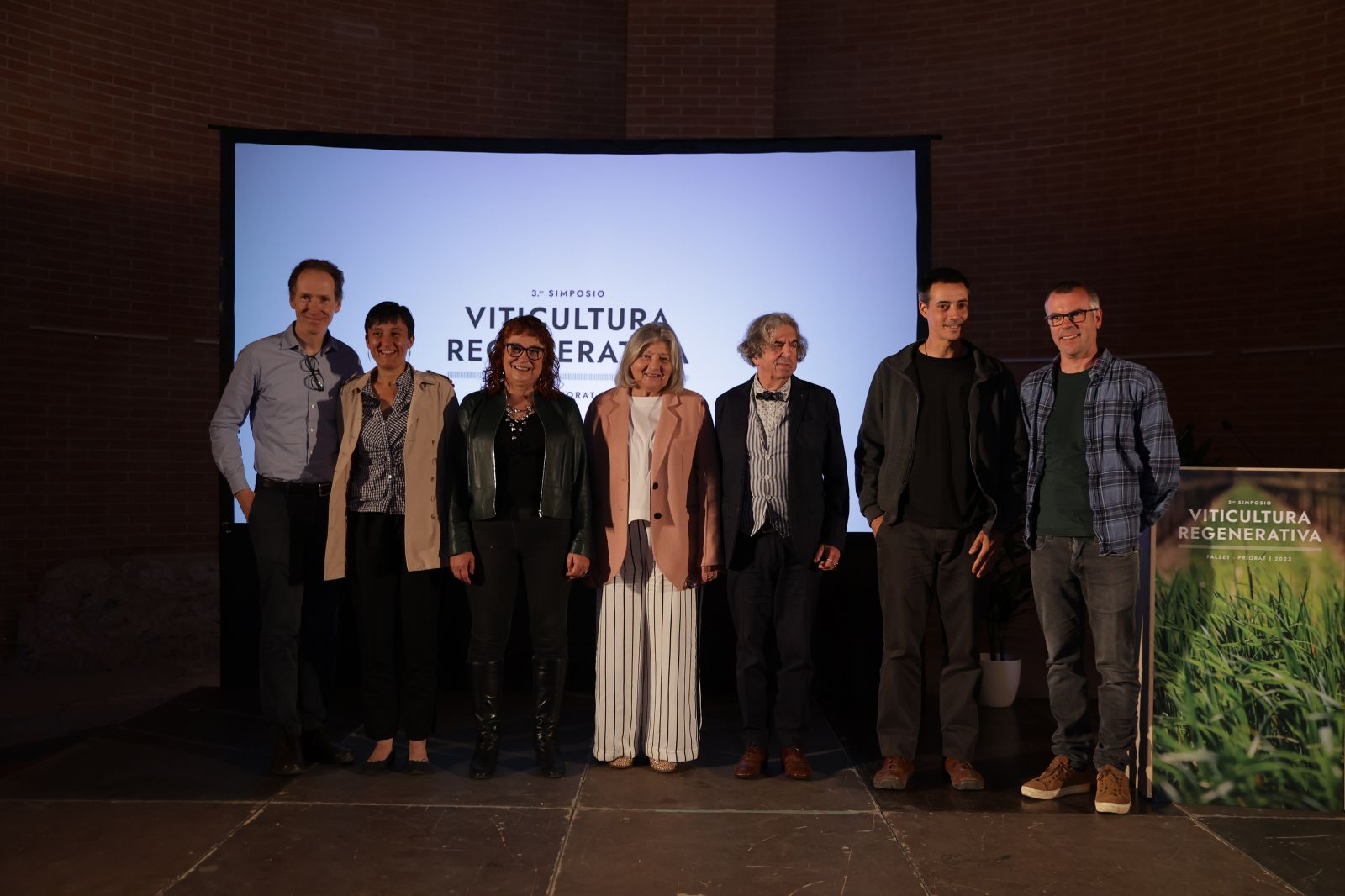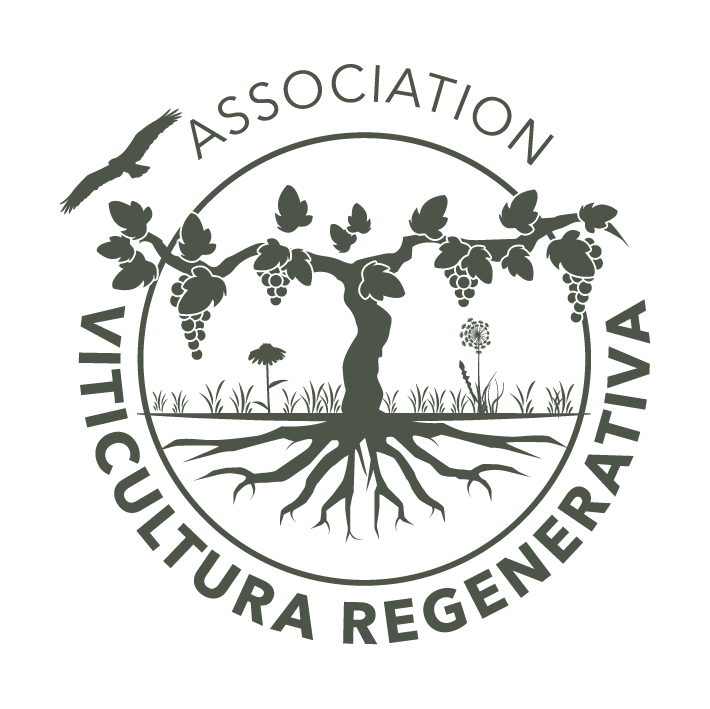The 3rd Regenerative Viticulture Conference delved into how microbial soil life makes vineyards more resilient
The 3rd Regenerative Viticulture Conference was held on Tuesday, 16 May, at the Castell de Falset, the capital of the Priorat region. An awareness and understanding of the living organisms that inhabit the soil are fundamental to regenerative viticulture and was the focal point of this edition. Eight Spanish and international experts explained the nature of microbial soil life and how it works, as well as why its restoration and subsequent care not only help vineyards adapt to the climate reality but contribute to mitigating the effects of global warming. Entitled “Soil Microbiology: the Key to Resilient Viticulture” and moderated by journalist Ruth Troyano, the event opened with a few thoughts from Miguel Torres Maczassek, president of the Regenerative Viticulture Association and general manager of Familia Torres.

Understanding the food web of the soil
After a welcome address by the mayor of Falset, Carlos Brull, the floor was given to the inaugural speaker, Dr Elaine Ingham, an American microbiologist and founder of Soil Food Web School. Ingham explained that “with only 3% organic matter, the biology of the soil becomes self-sufficient and can propagate; all we have to do is care for the organisms that perform all of the work in the soil.” To this end, she issued a reminder: “tilling the soil means killing beneficial microorganisms”.
The role of biology in adapting wines to global warming was addressed by Lydia and Claude Bourguignon, soil microbiologists and founders of the lab for microbiological soil analysis (LAMS). They went on to say that “there are three ways of restoring the soil: adding carbon to the top layer of the soil, cover crops, compost, pruned branches; using plants with deep roots to restore soil structure and combat nematodes; and reactivating fungi and fauna, which are the finest agents of soil fertility”.
Jeff Lowenfels, author of the award-winning Teaming with Microbes: the Organic Guide to the Soil Food Web and other books on gardening and botany, explained how the photosynthesis of plants produces nutritional substances that attract bacteria and fungi to the rhizosphere. These are then eaten by predators (nematodes, protozoa) whose remains nourish or protect the plant. “This constitutes a soil food web,” the expert stated, “And we have to let it do its work,” which means not using chemical fertilizers.
Dr Rosa Vercher, an expert in pest ecology, ecological pest control, and leader in sustainable pest management research, concurred that “plant health begins in the soil”. She went on to explain how the biota contributes to pest control, providing the plants with nutrients that make them more resilient.
For Nicole Masters, an agroecologist, director of Integrity Soils, and educator in regenerative farming, explained how she learned to regenerate ecosystems through her experience with different kinds of plants. In terms of vineyards, she commented on how stress is linked to higher quality and contemplated how the same results could be achieved, but without stressing the plant. She even considered creating an ecosystem in the vineyard to monitor grapevine health through indicators and meters (i.e. the pH of sap). She observed how good microbiology improved the flavour of the fruit.
Jordi Puig, PhD in Environmental Science with a specialization in climate change and global environmental change, studied how temperature increases and water shortages affect the vineyard. For Puig, “regenerative viticulture is an important and crucial alternative: cover crops, minimal tilling, agroforestry (helps retain nutrients and lowers soil temperature, maintains living conditions and moisture), alternating pastures, and organic matter and micronutrient applications”.
The final lecture was given by Francesc Font, vice president of the Association of Regenerative Viticulture and co-founder of Agroassessor, who presented the international Regenerative VIticulture Alliance (RVA) certification. An initiative of the association, in cooperation with Ecocert and the Regenerative Viticulture Foundation, the certification programme will go into effect with the upcoming harvest.
In her closing remarks, Elisenda Guillaumes, director of Agriculture and Livestock Farming of the Generalitat de Catalunya (Catalan government), reminded participants that vineyards represent 6% of Catalonia’s cropland, and in 2022, more than 50% were already farmed organically.
A video of the conference is available at events.
